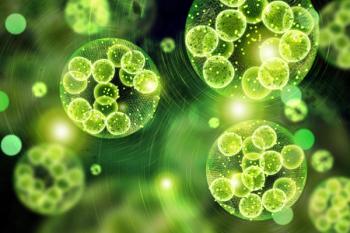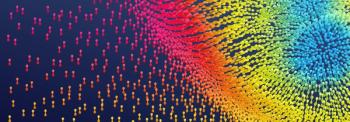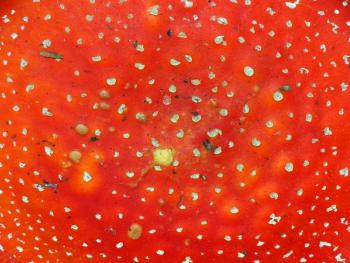
The advantages of machine-learning methods have been widely explored in Raman spectroscopy analysis. In this study, a lightweight network model for mineral analysis based on Raman spectral feature visualization is proposed. The model, called the fire module convolutional neural network (FMCNN), was based on a convolutional neural network, and a fire-module was introduced to increase the width of the network, while also ensuring fewer trainable parameters in the network and reducing the model’s computational complexity. The visualization process is based on a deconvolution network, which maps the features of the middle layer back to the feature space. While fully exploring the features of the Raman spectral data, it also transparently displays the neural network feature extraction results. Experiments show that the classification accuracy of the model reaches 0.988. This method can accurately classify Raman spectra of minerals with less reliance on human participation. Combined with the analysis of the results of feature visualization, our method has high reliability and good application prospects in mineral classification.






